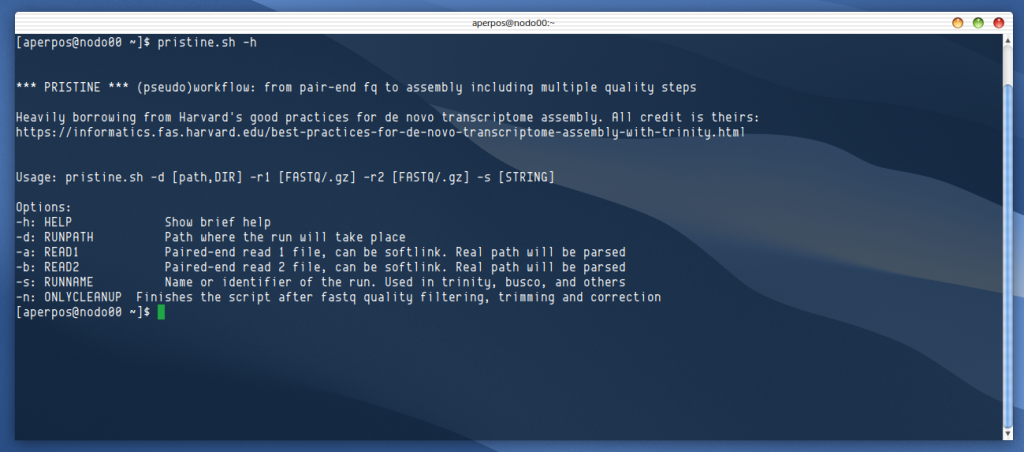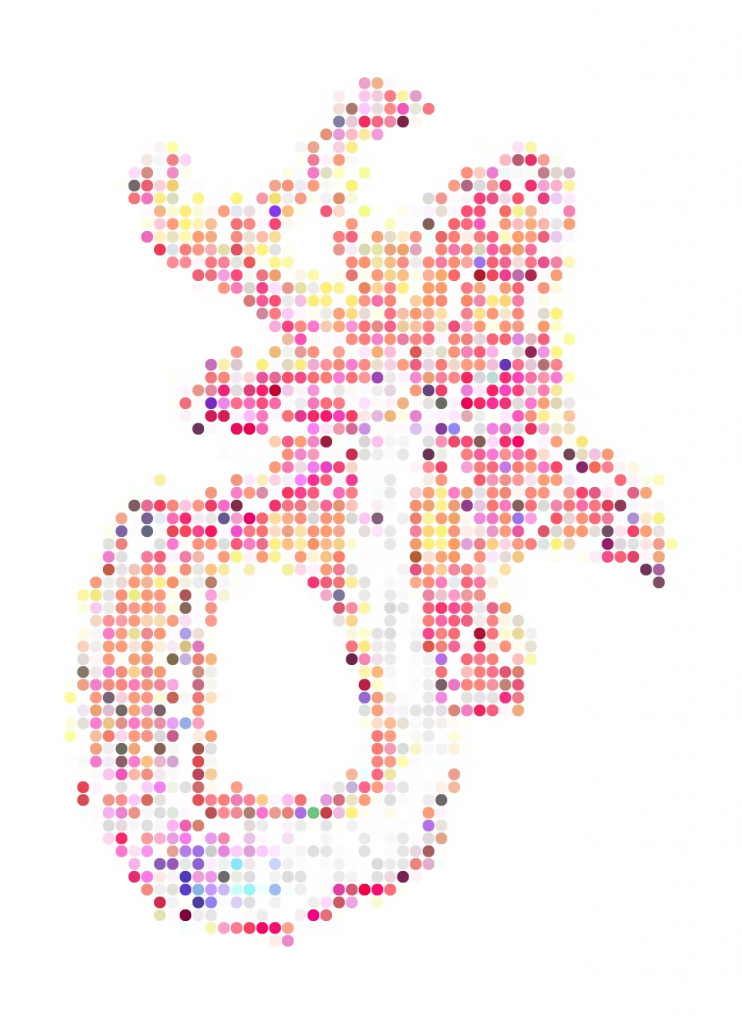The Ocarina of Time Masterclass in subtext, by GoodBlood, is a brilliant exercise of media review that brings together widely diverse topics including storytelling, Japanese folklore, environmentalism, and even psychology of childhood trauma and adulthood, to analyse the themes of The Legend of Zelda: Ocarina of Time, one of the most influential pieces in the medium of video games. This language and these aspects blend together harmoniously to deliver a central message that the game is probably the saddest entry of the Zelda franchise; precisely because of how short we fall to notice, as it is laid out deep within the subtext layers of the writing. The presentation and quality of the theorisation is gorgeous, including the sad notes on shintoism and how its world resonates with the history of Japanese people and their culture. But it is the character analysis, the loss of the hero’s childhood, what makes it a completely unique piece of media analysis -at least for me.
I already “wrote” something about this videoanalysis two years ago – I acknowledged it existence, at least. When I watched it for the first time, it seeded emotions, feelings and ideas that are still very present in me. I recently revisited it and it’s been one of those few times that you relive it almost as if it was the first time. I recommend watching it, even if you are not familiar with the Zelda franchise, for a great example of conveying sub-plots in the context of storytelling. Or you can read it here, as the author made it available in text.
The ramifications of the sadness expand beyond this game into other titles of the franchise. And beyond other topics that could easily fit in another video of this kind. For me, this has ultimately rendered Ocarina of Time unplayable as a mere instance of the Myth of the Hero’s journey. I am not exaggerating if I say that it has completely changed my view of this game and left me in a contemplation of the different depth levels the story speaks to me.
Continue reading →




